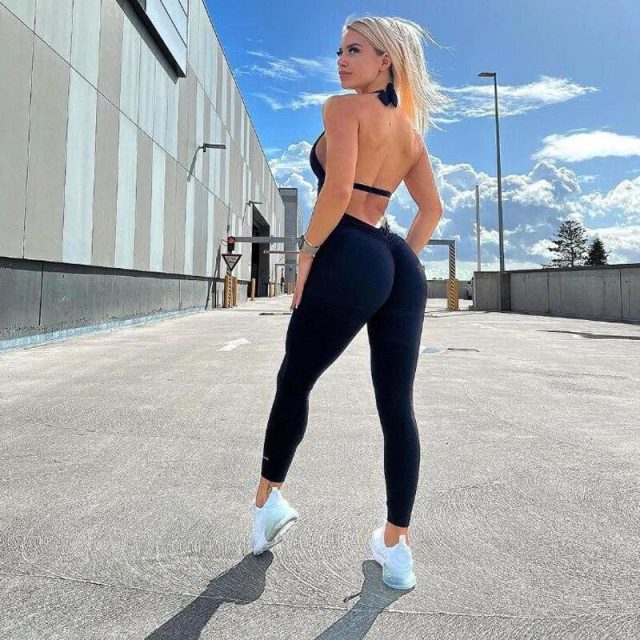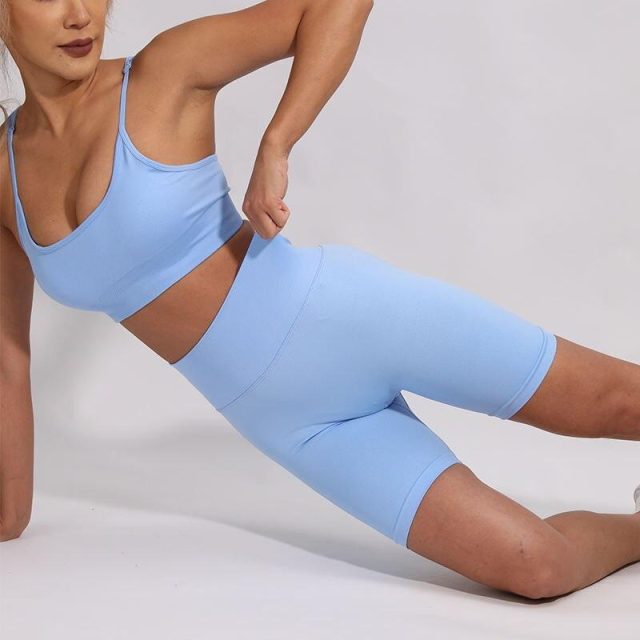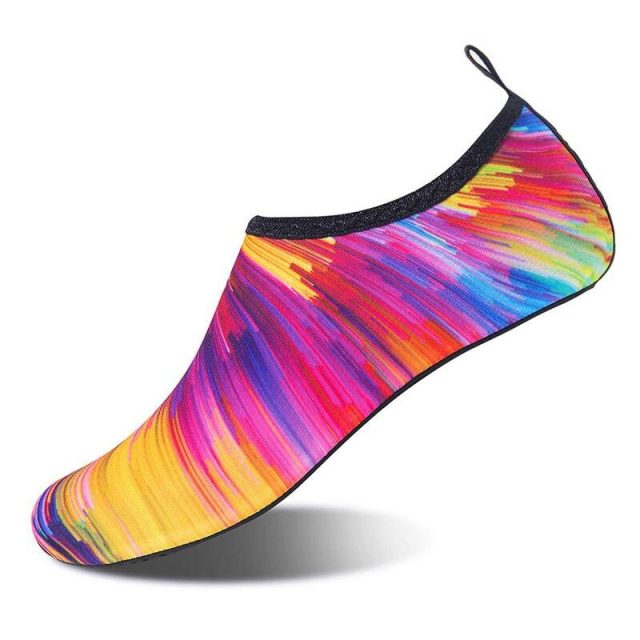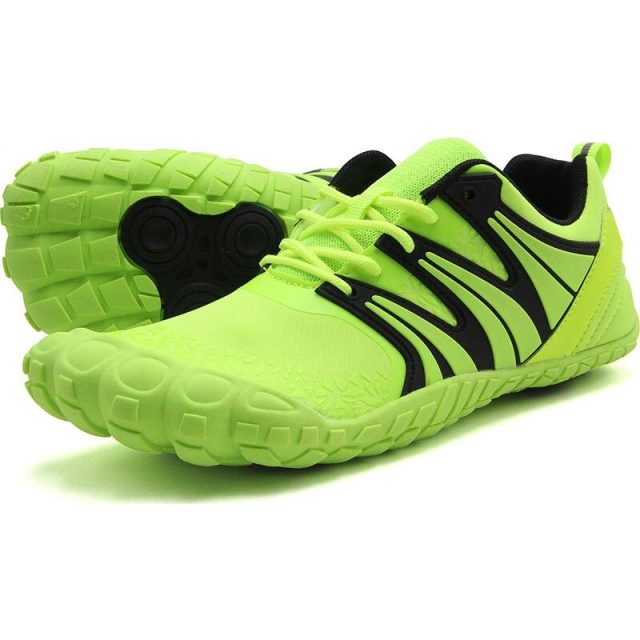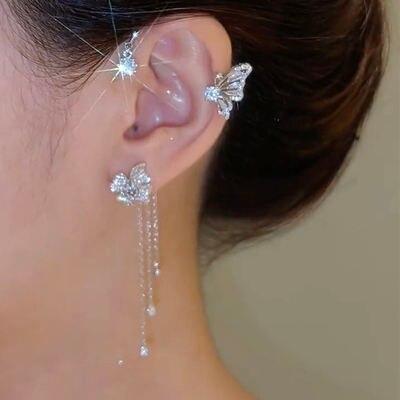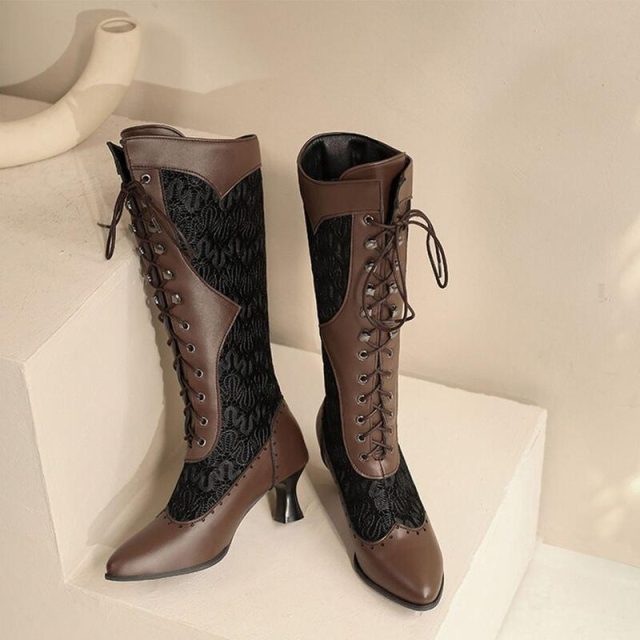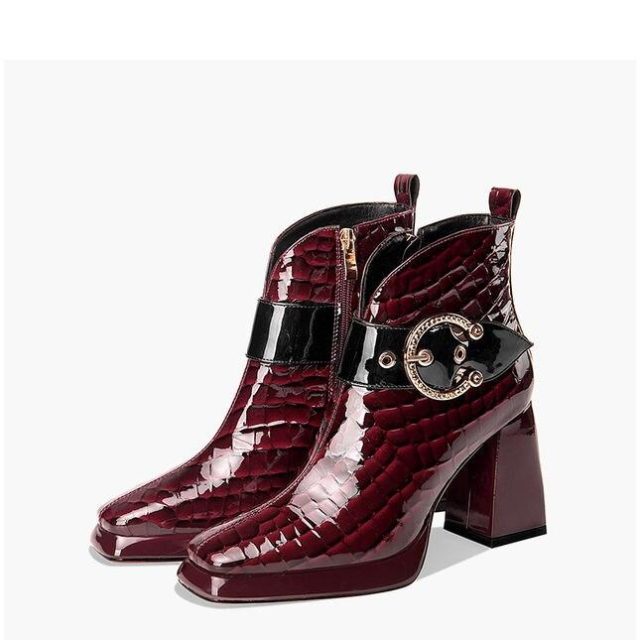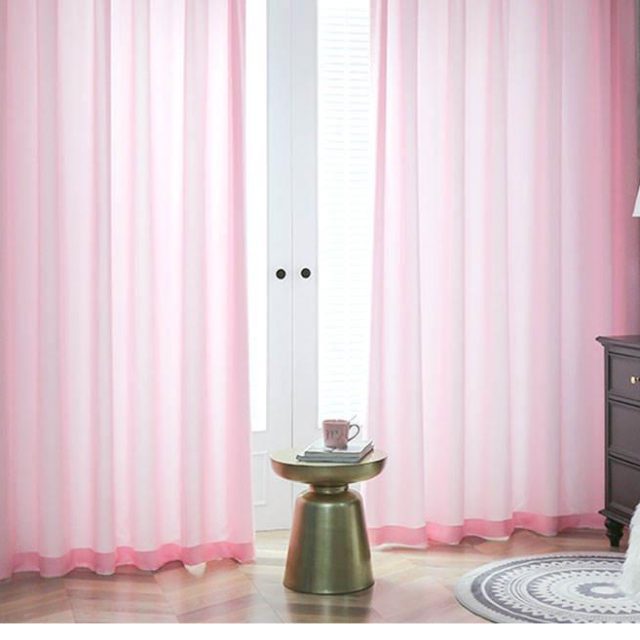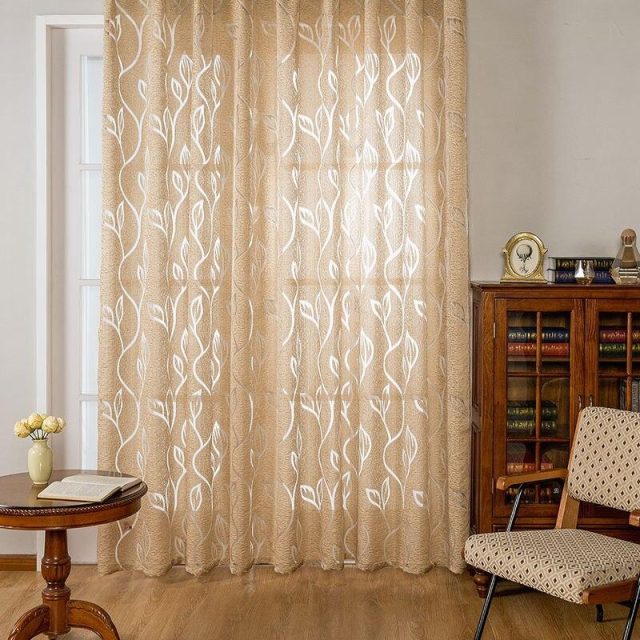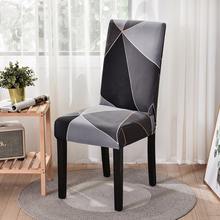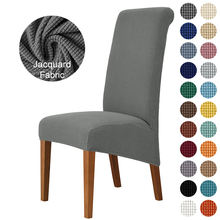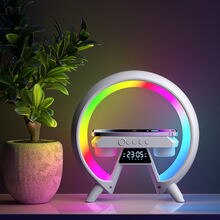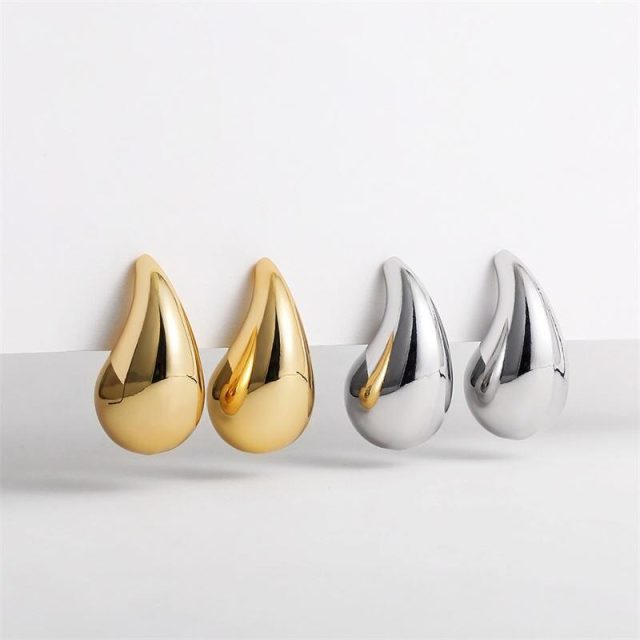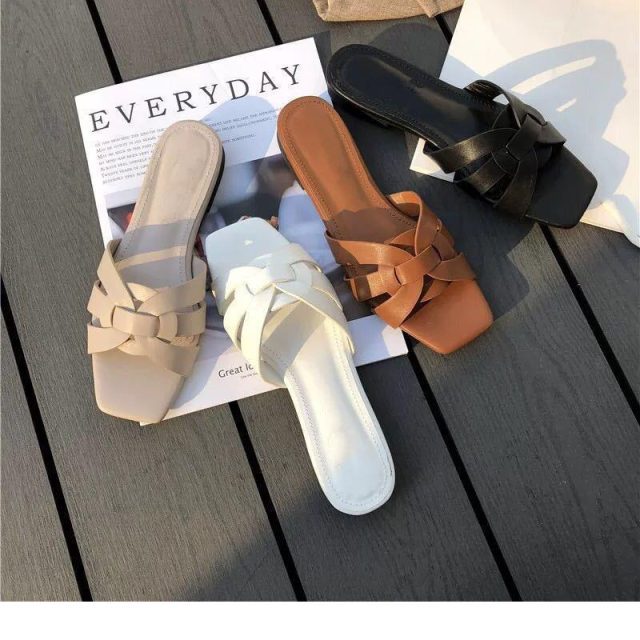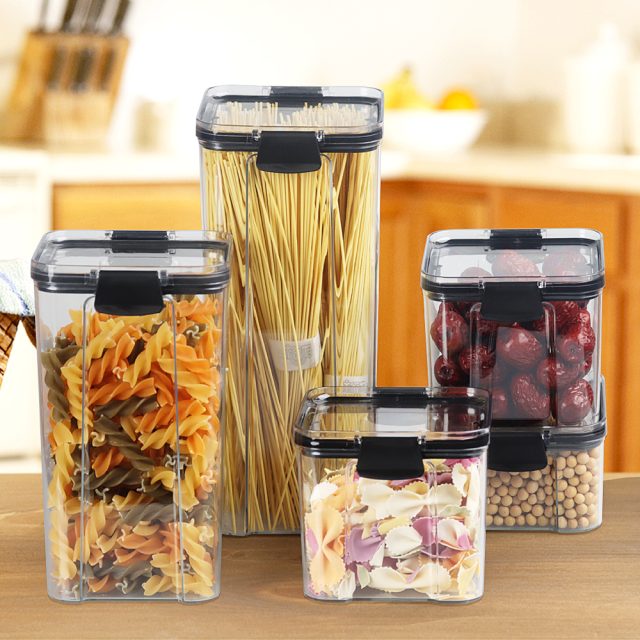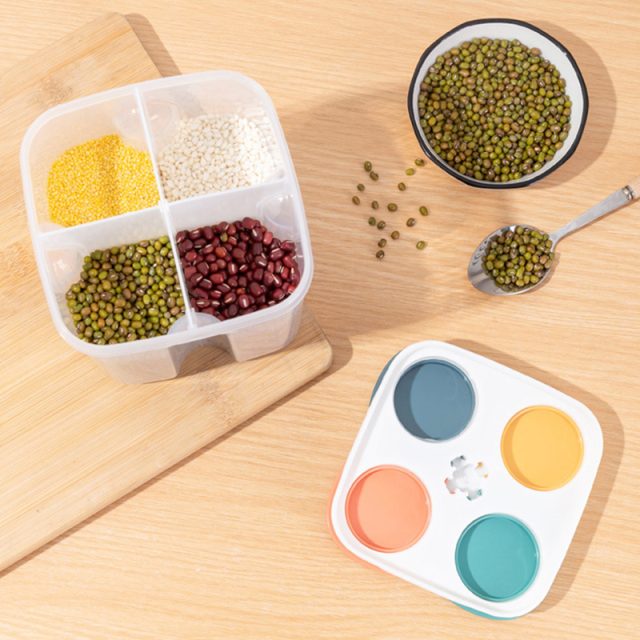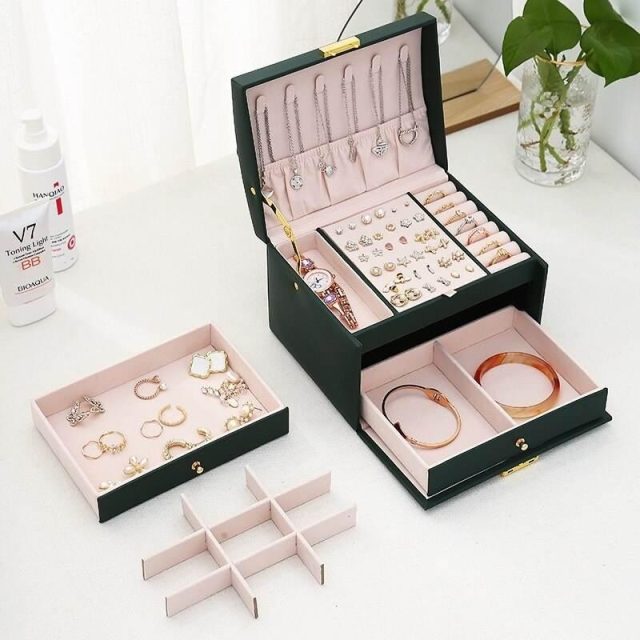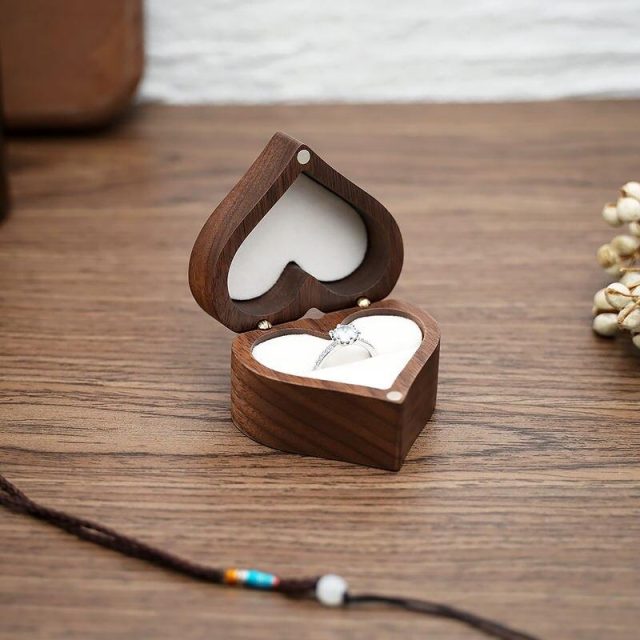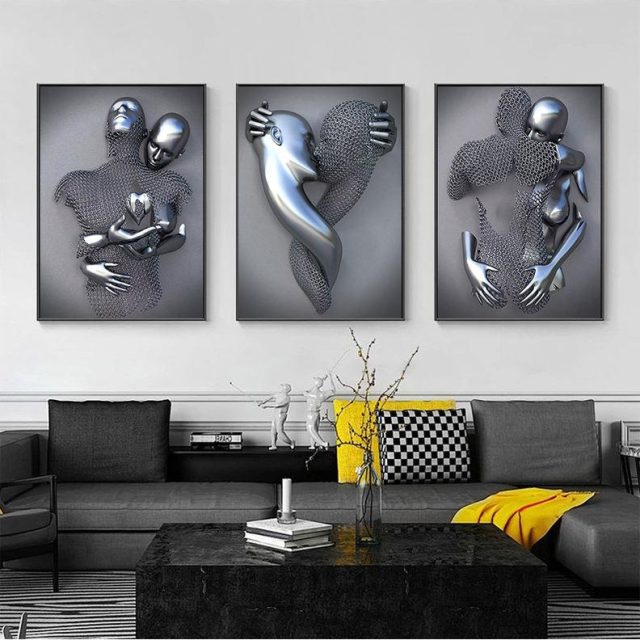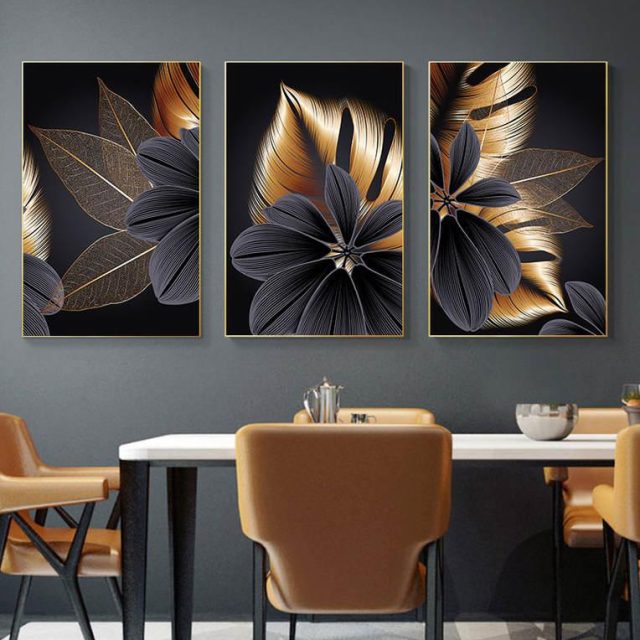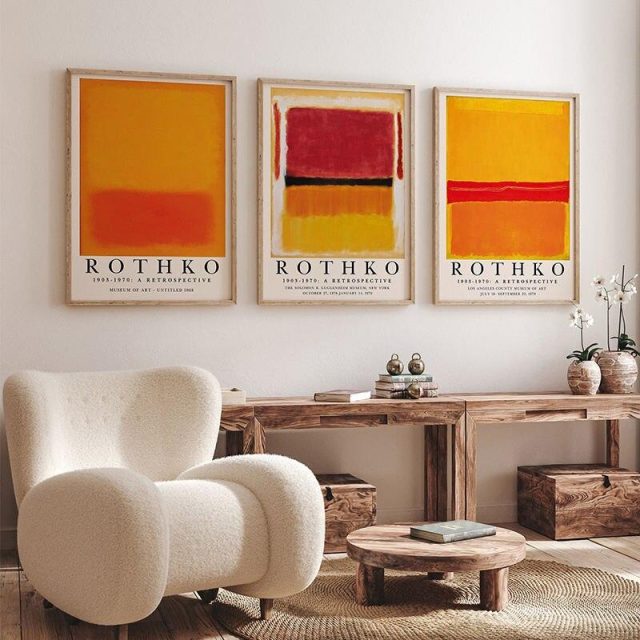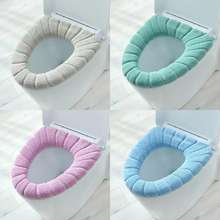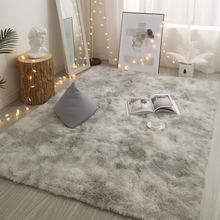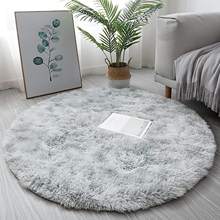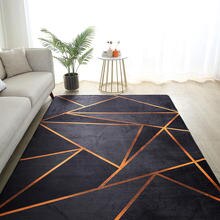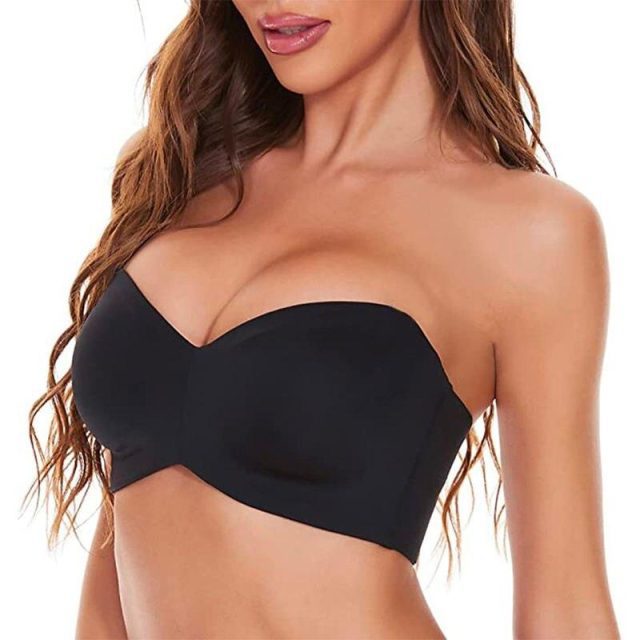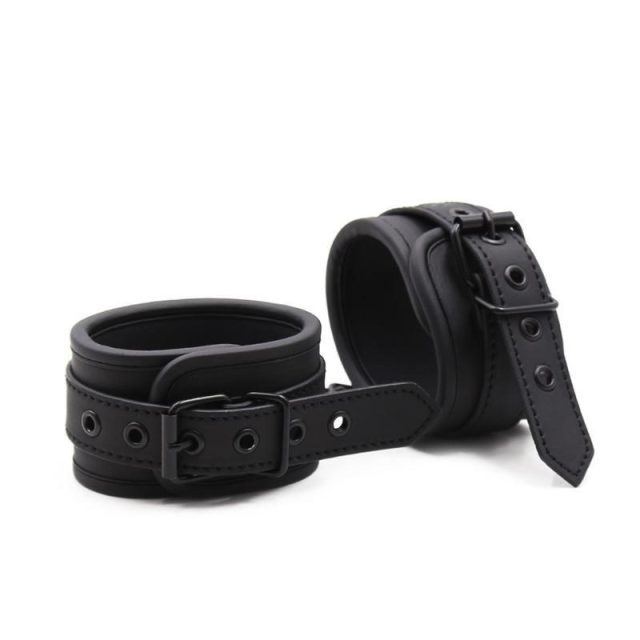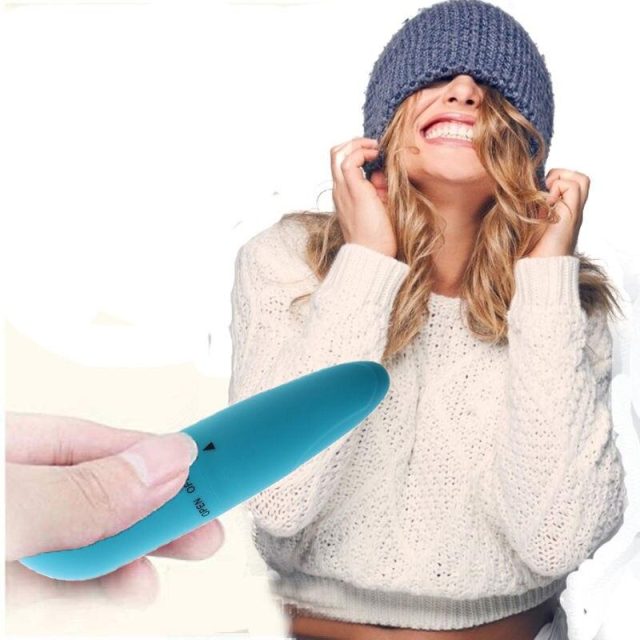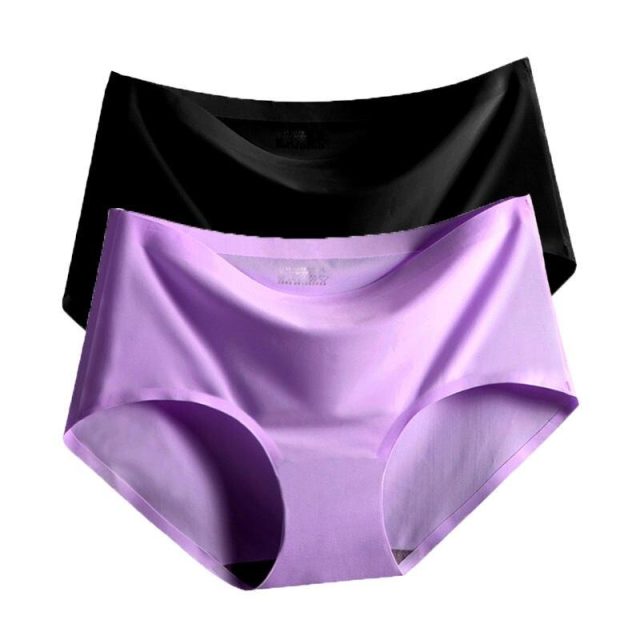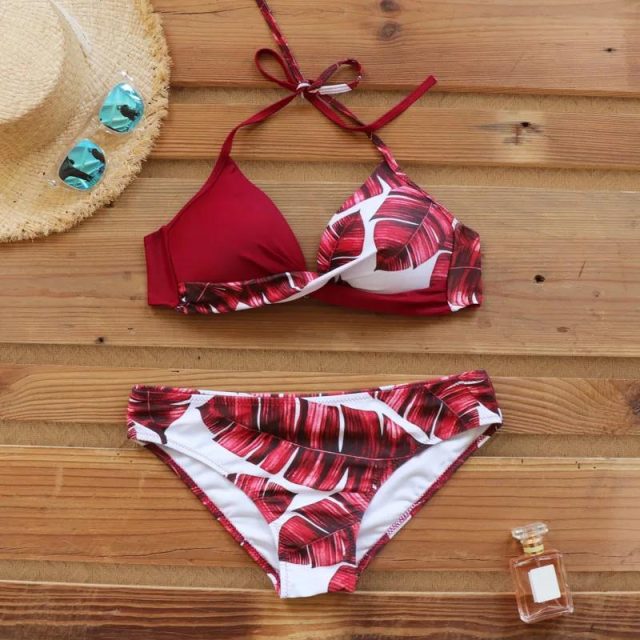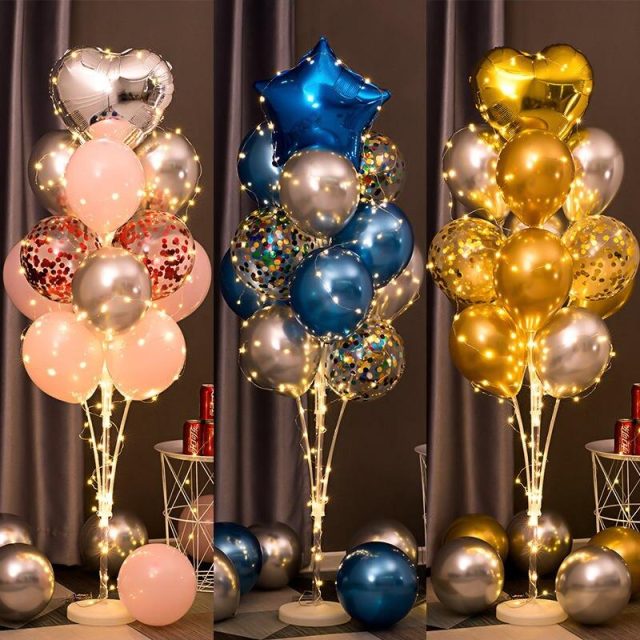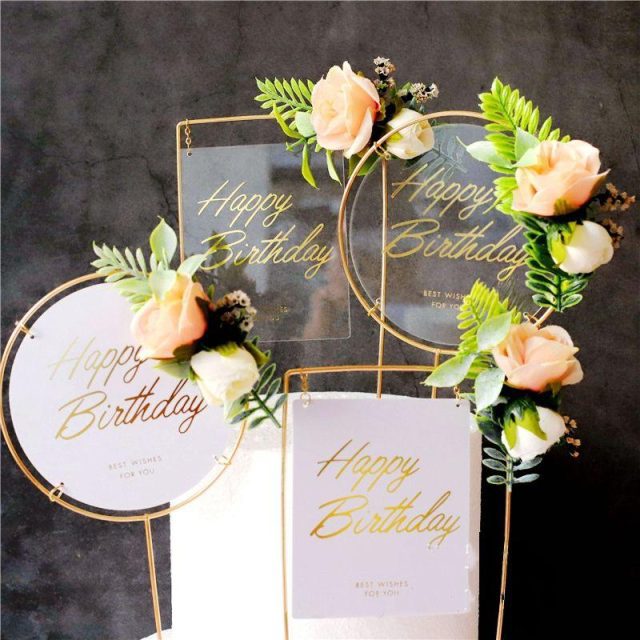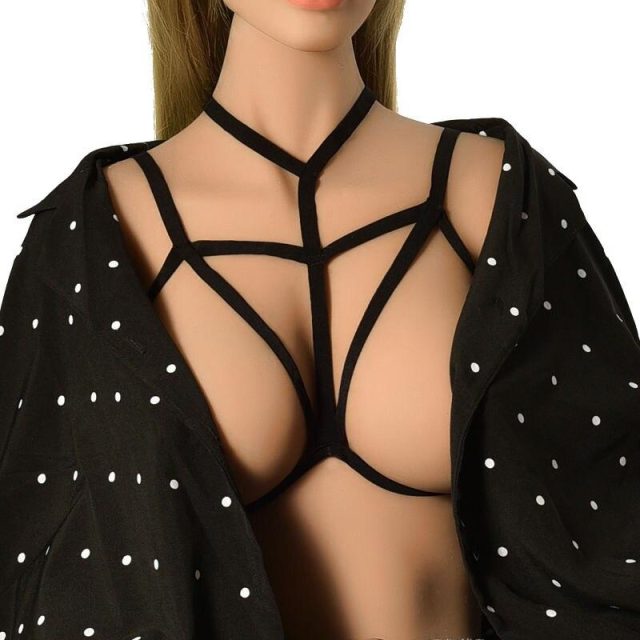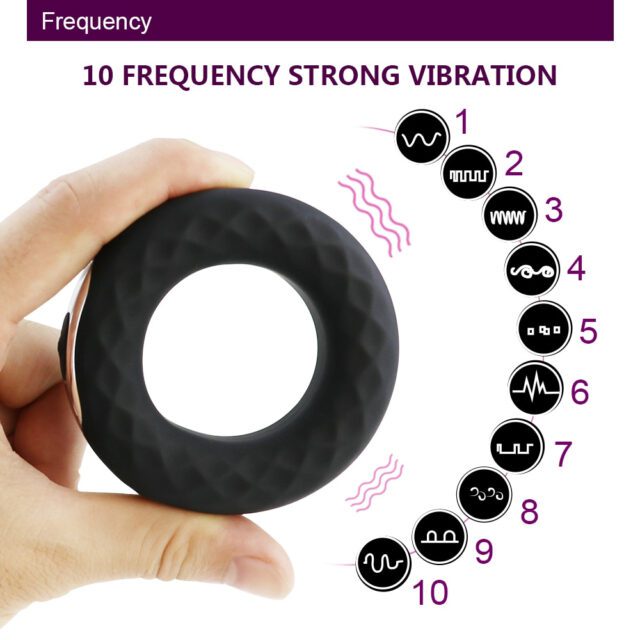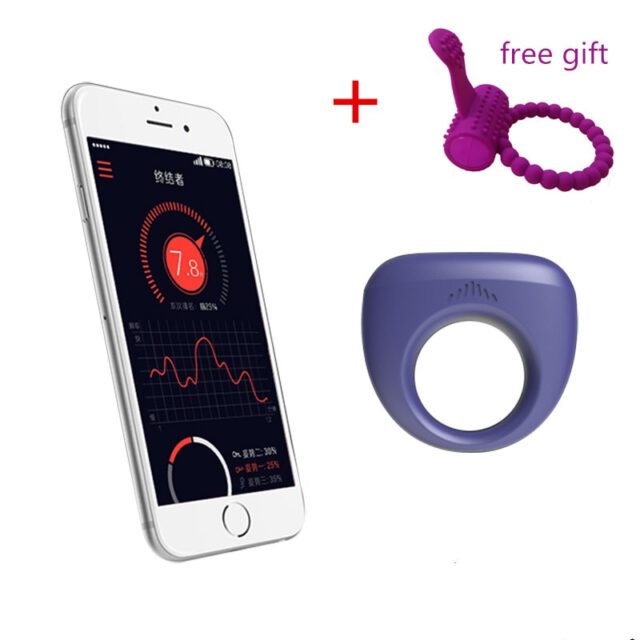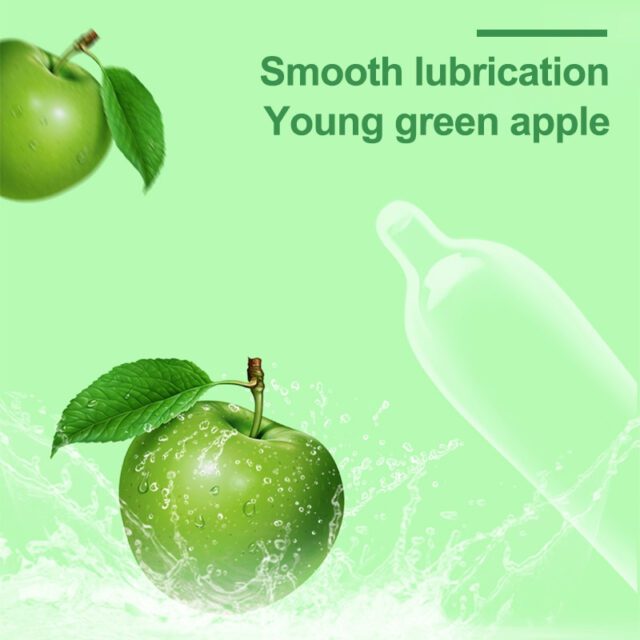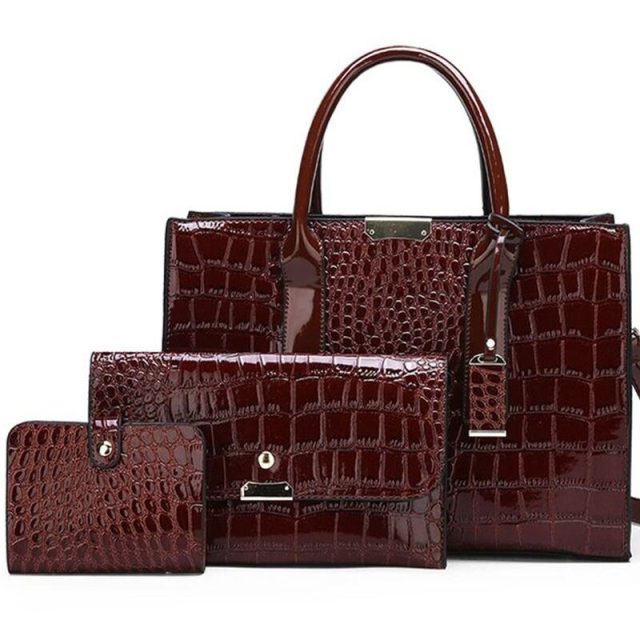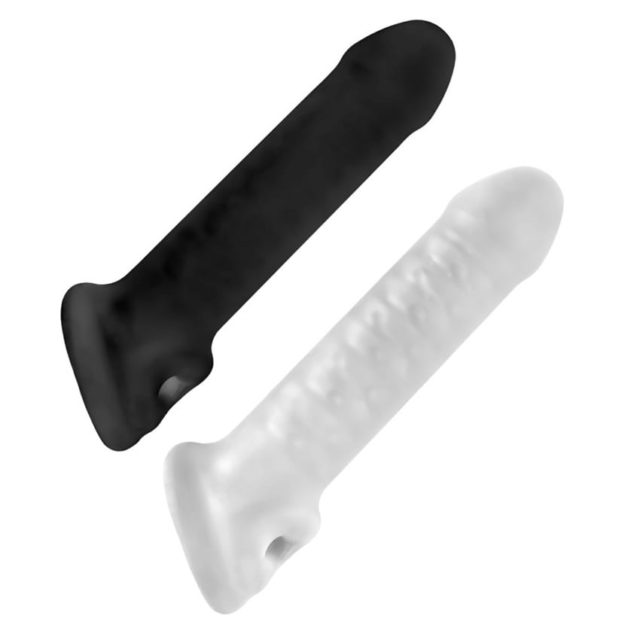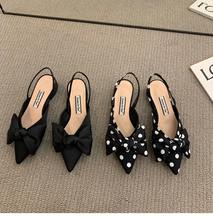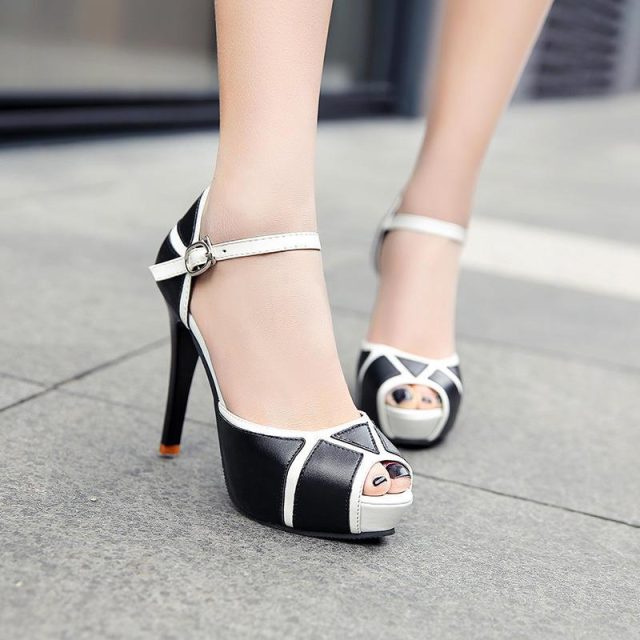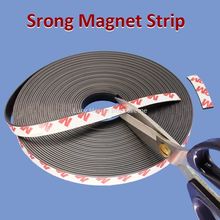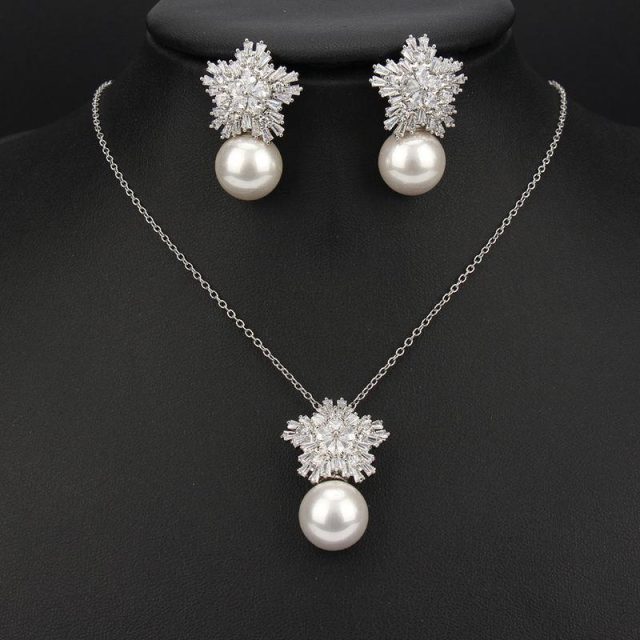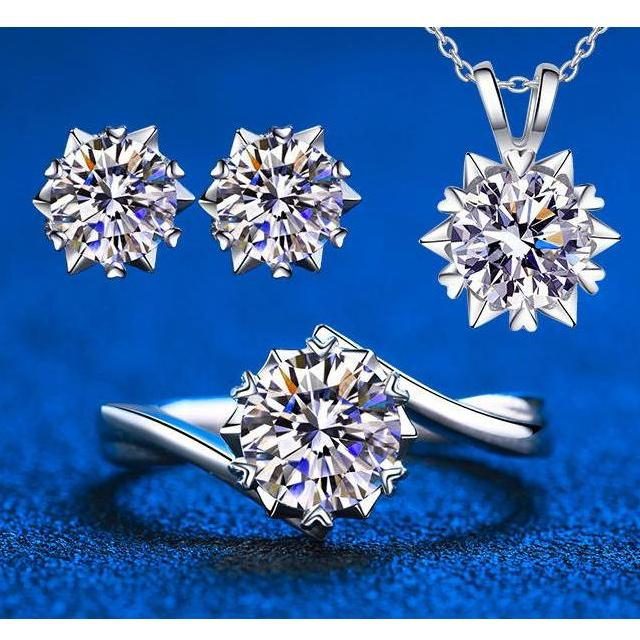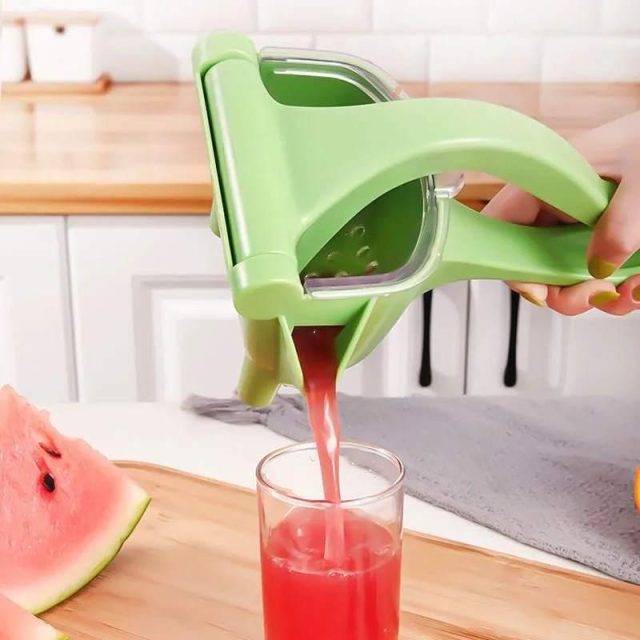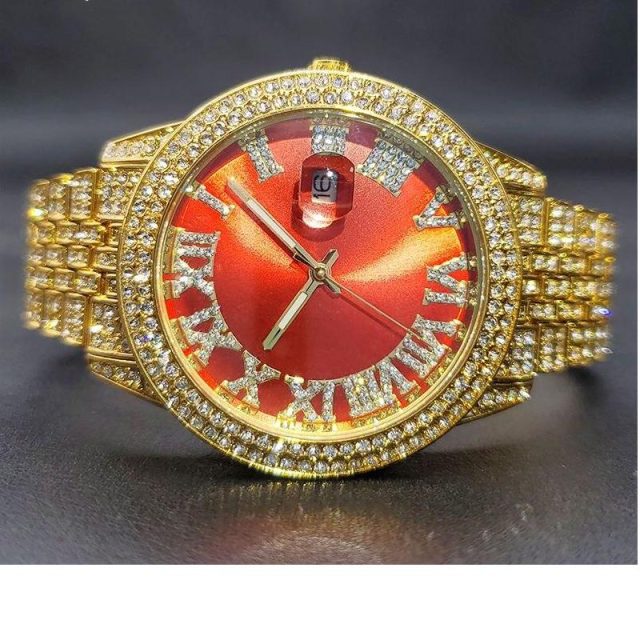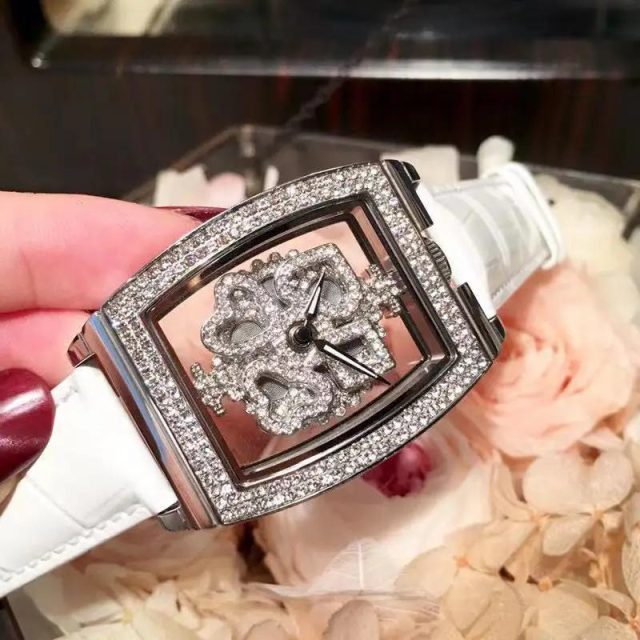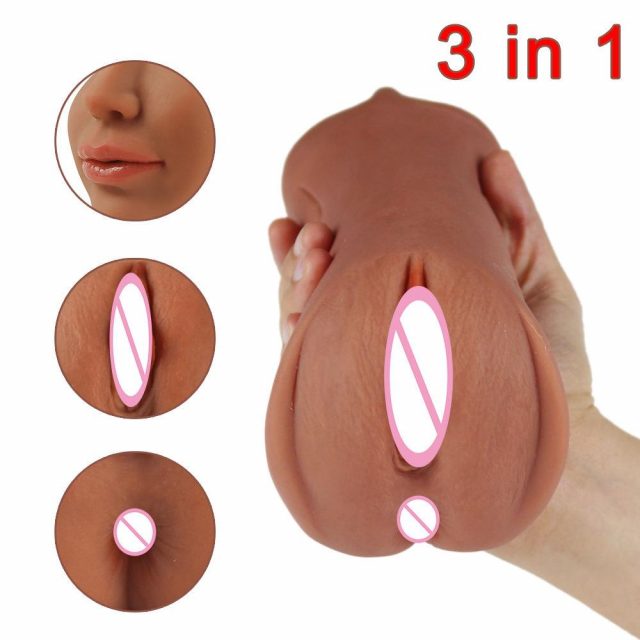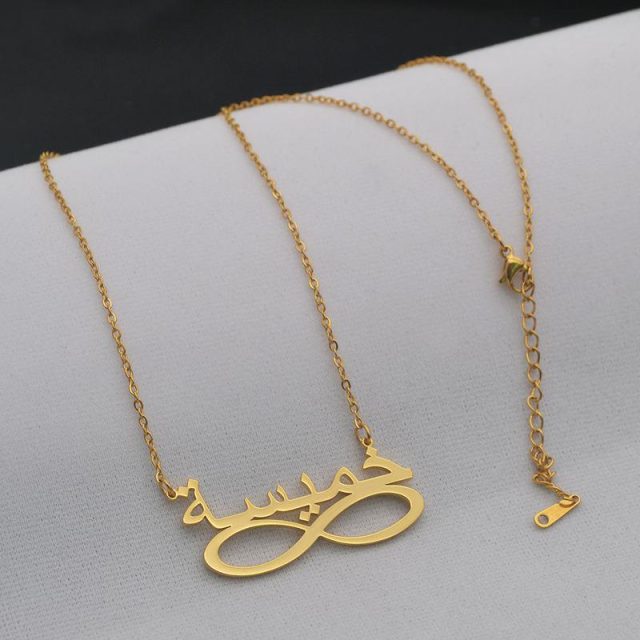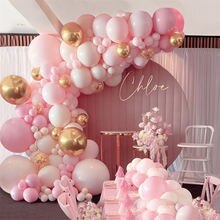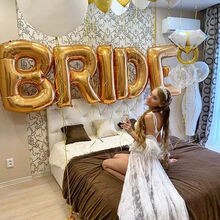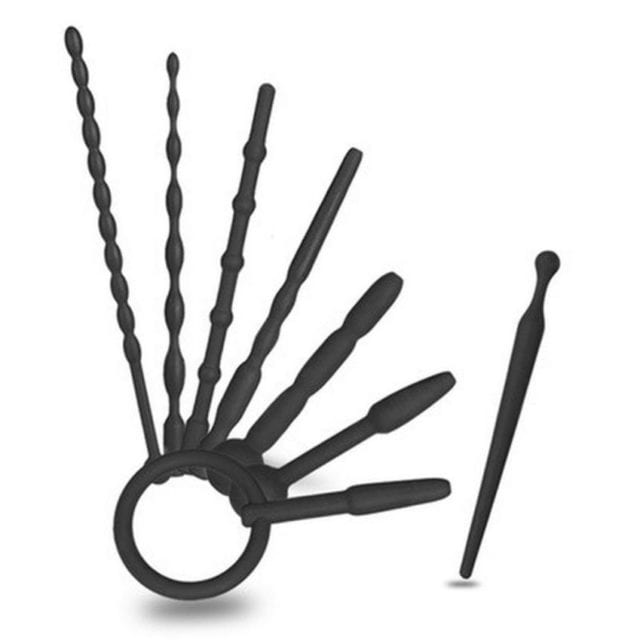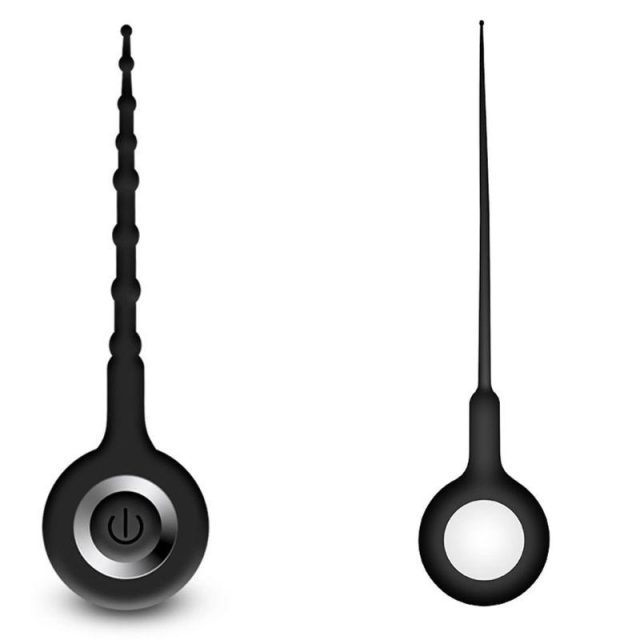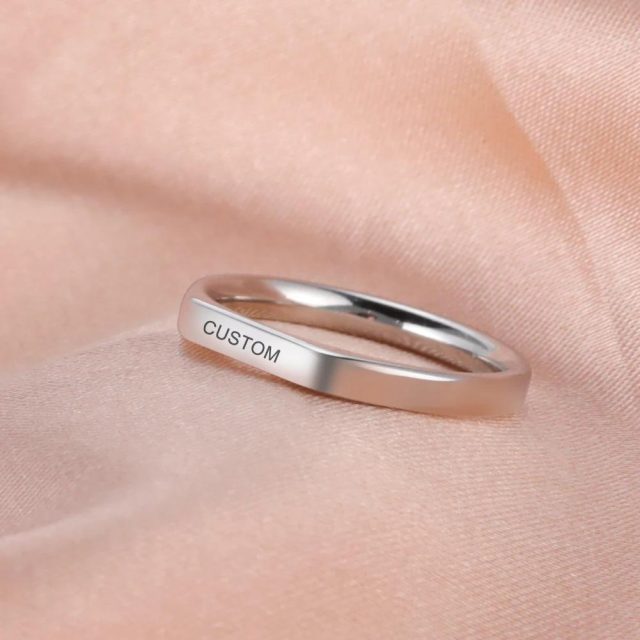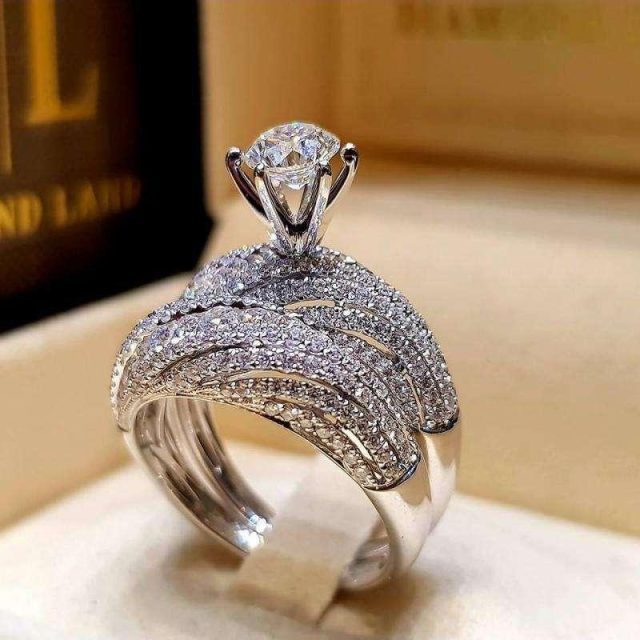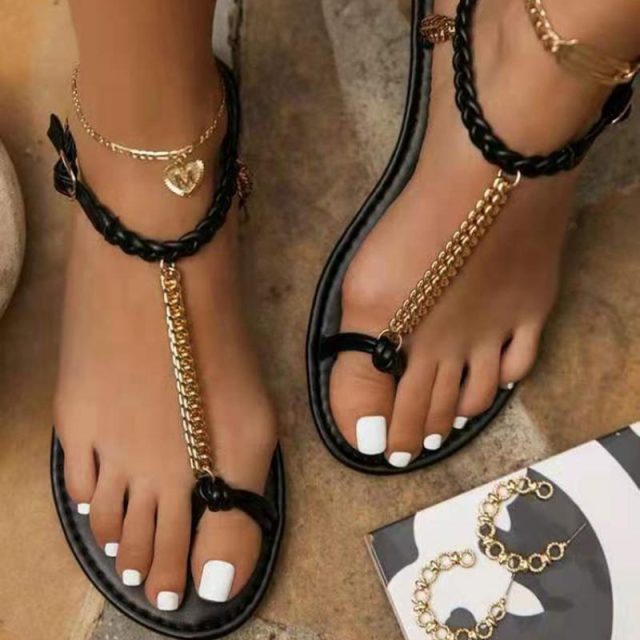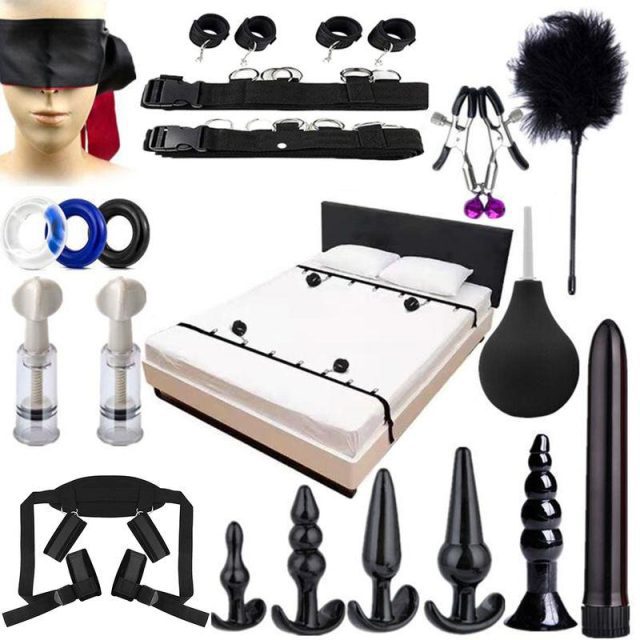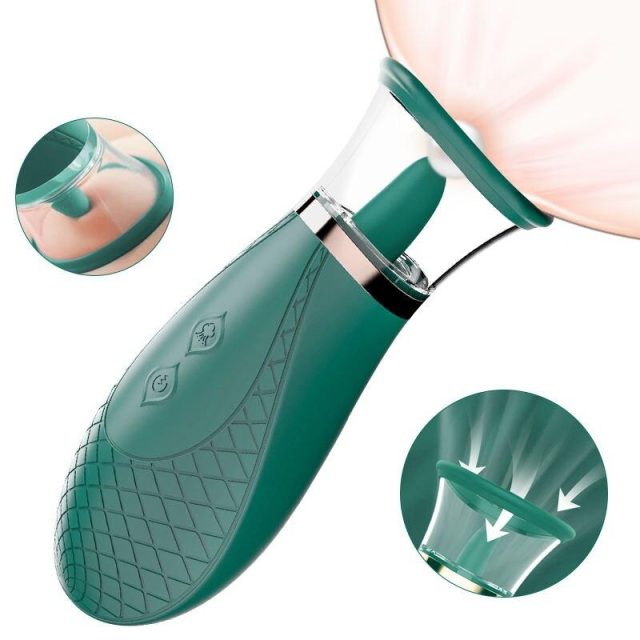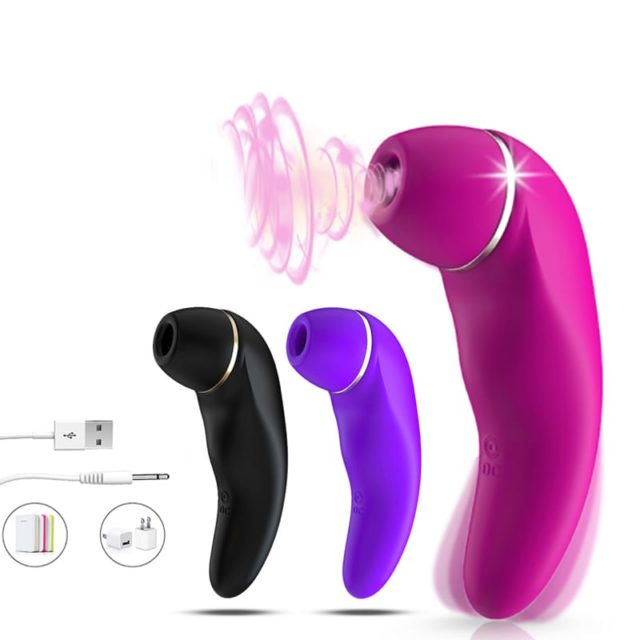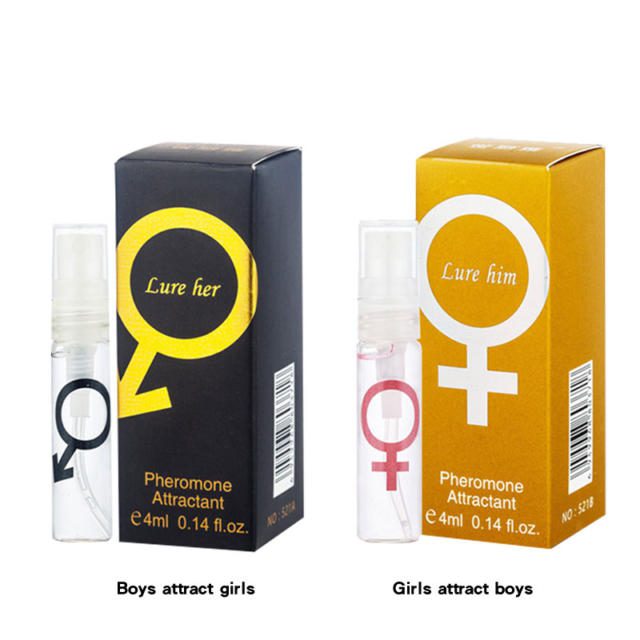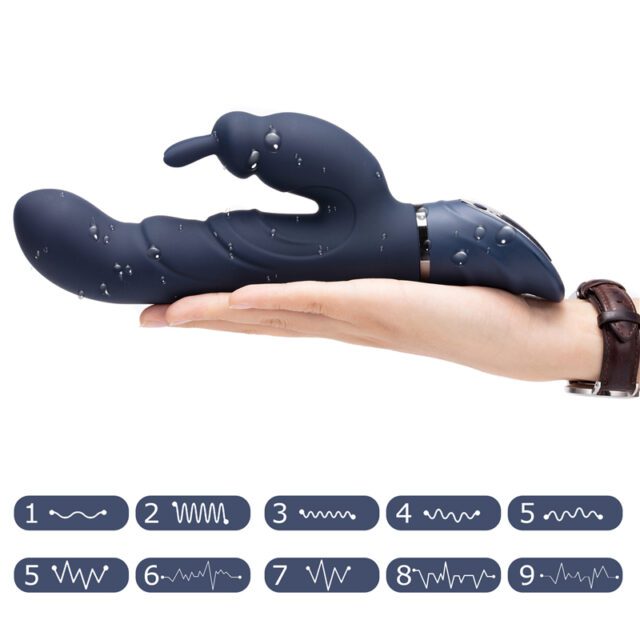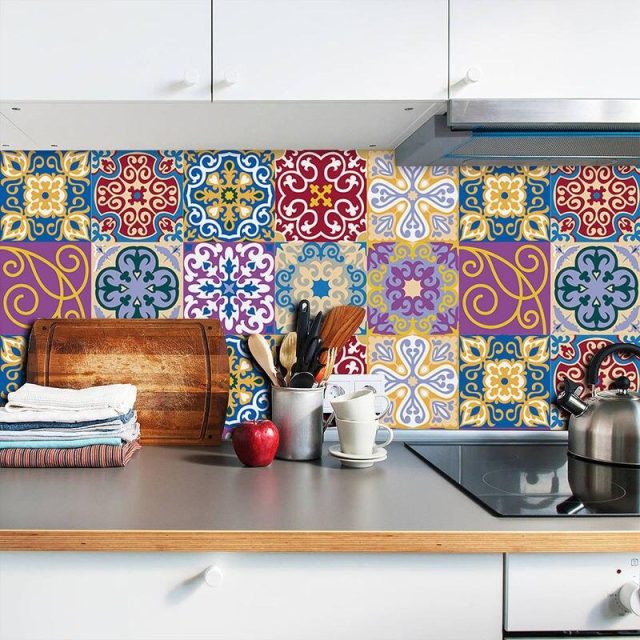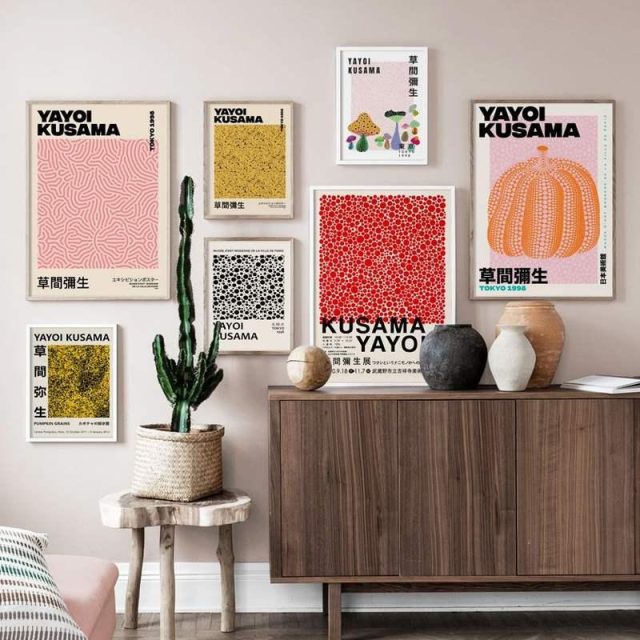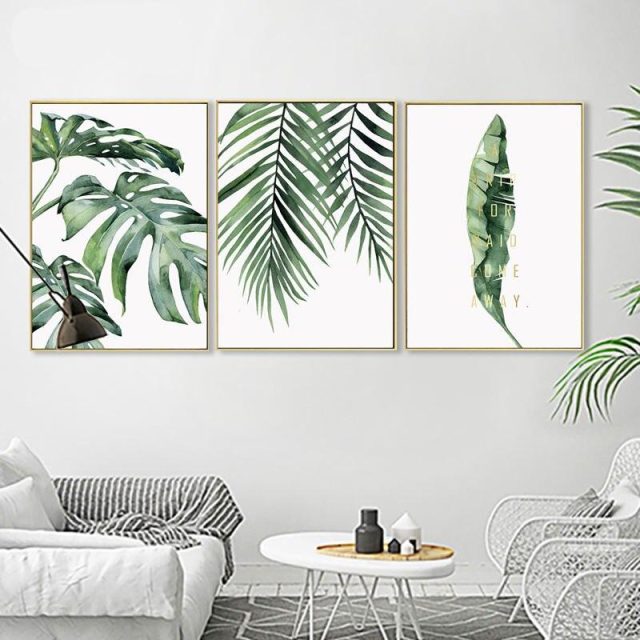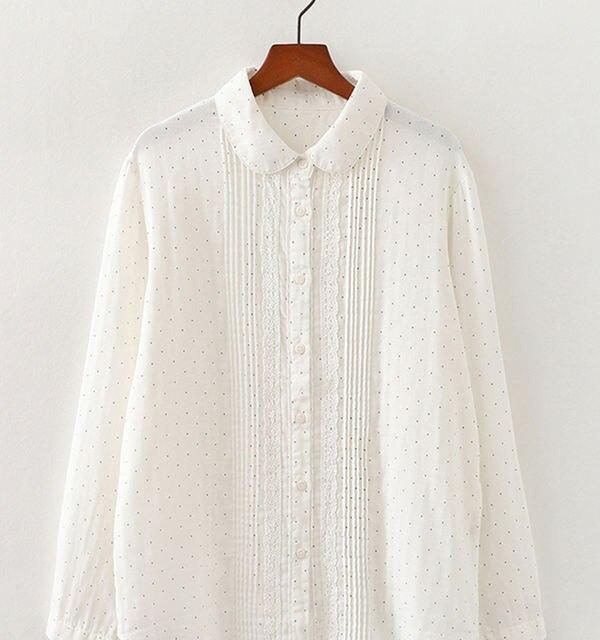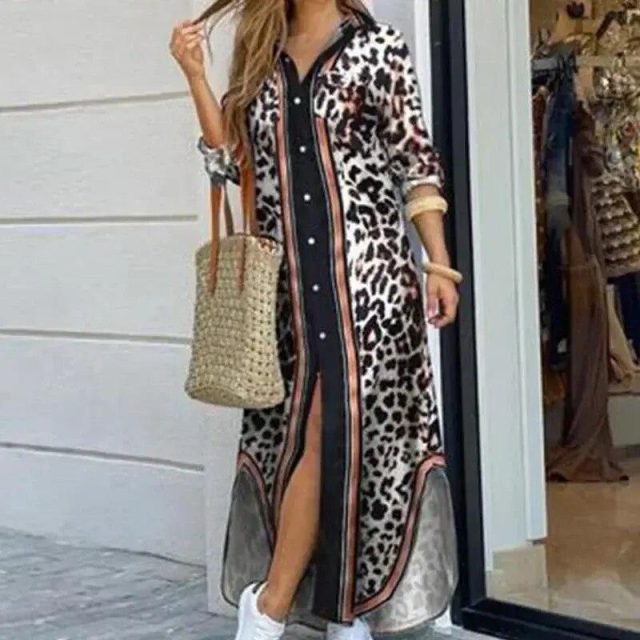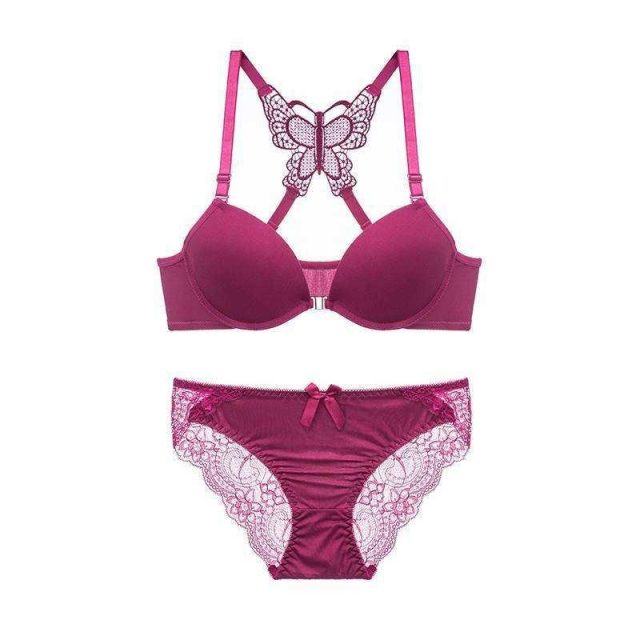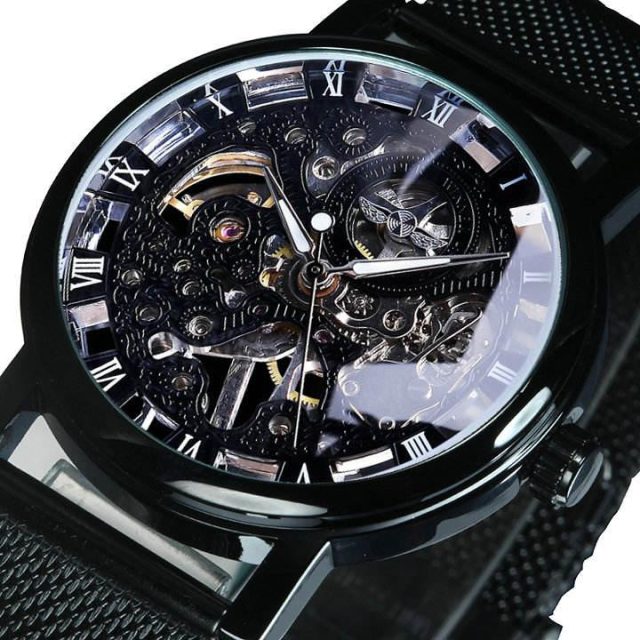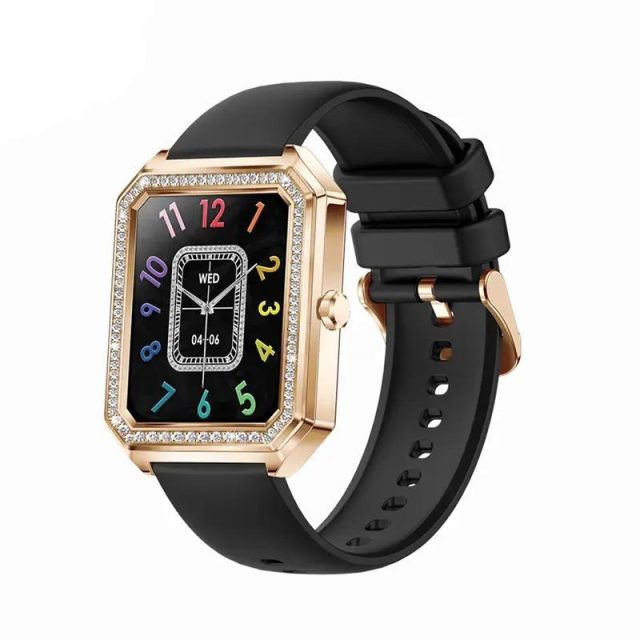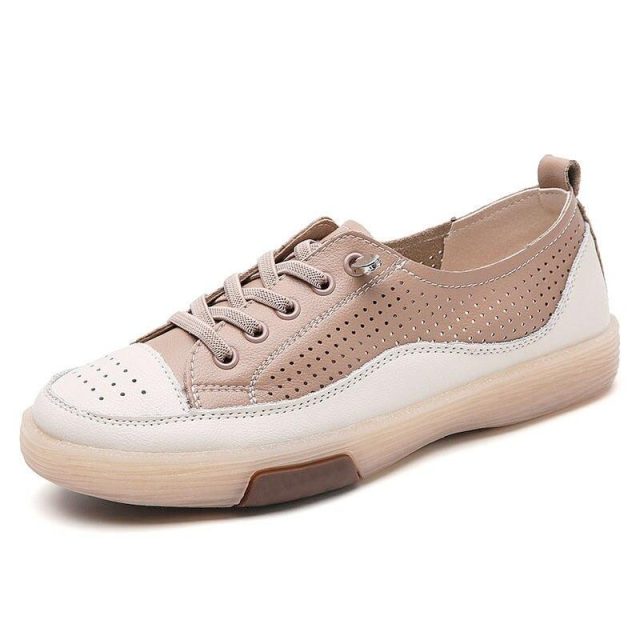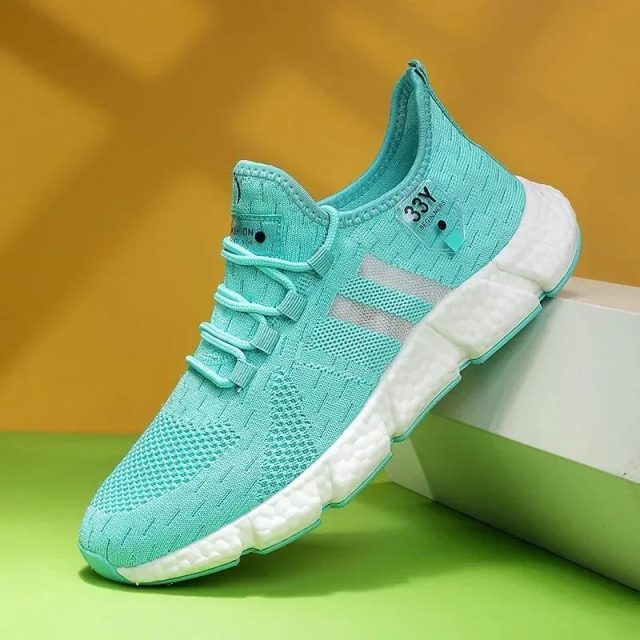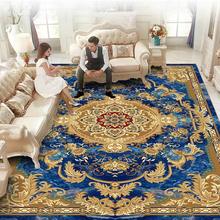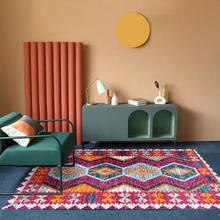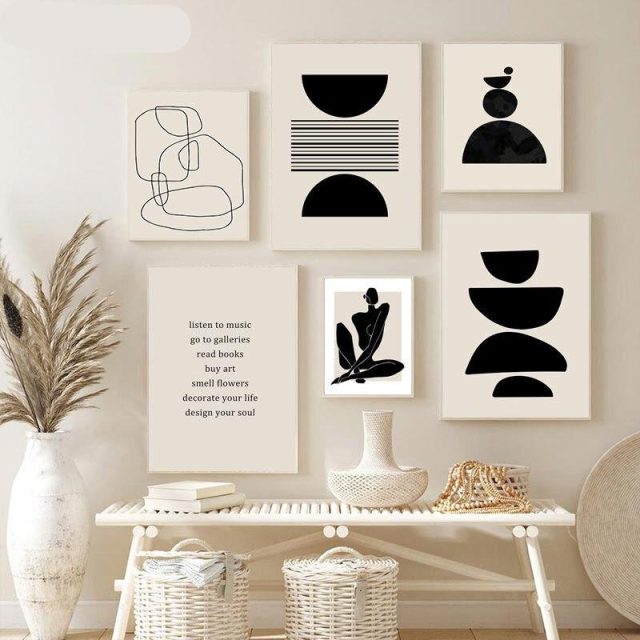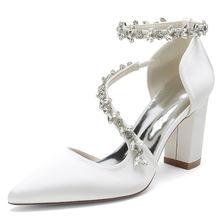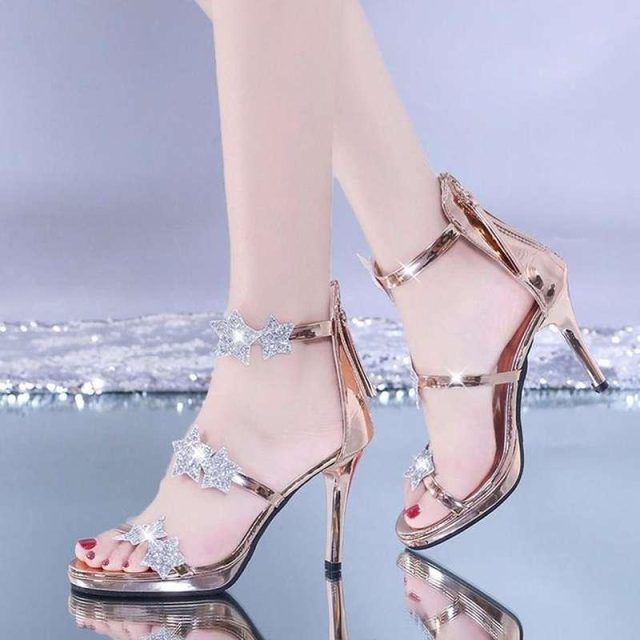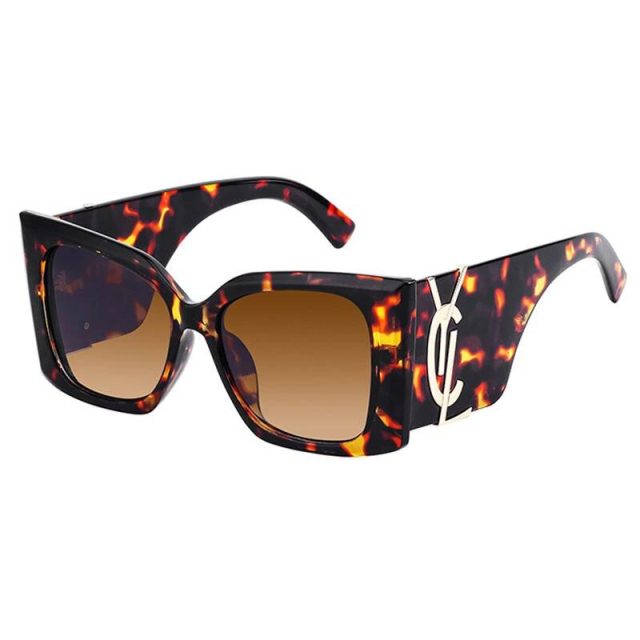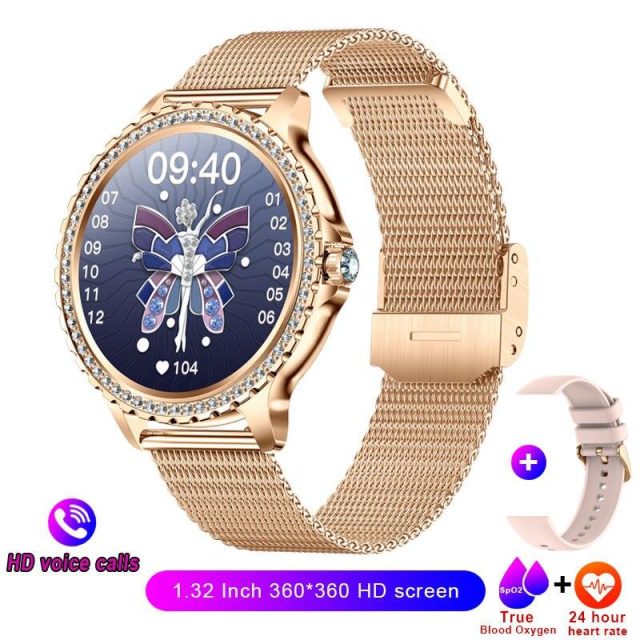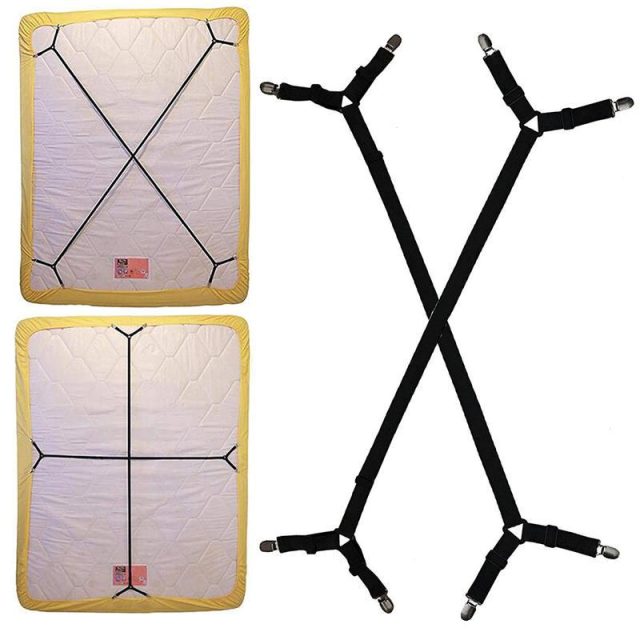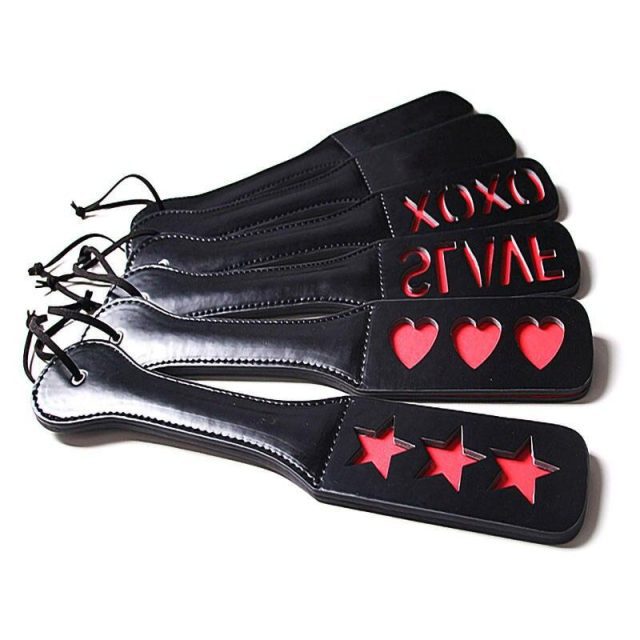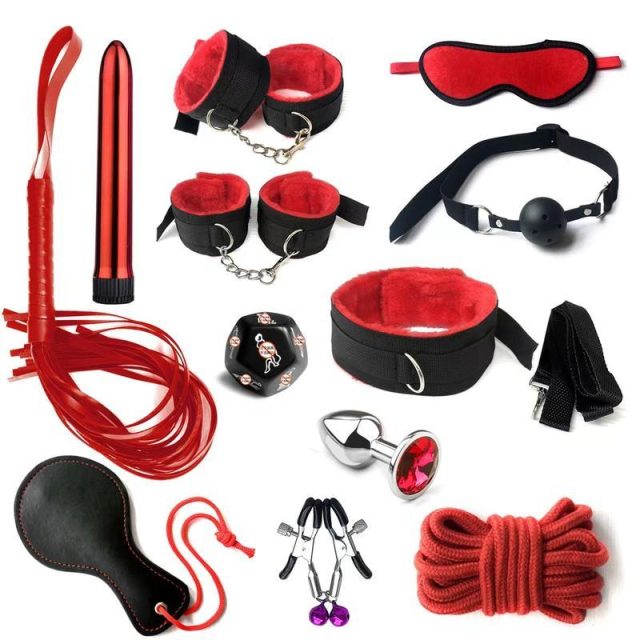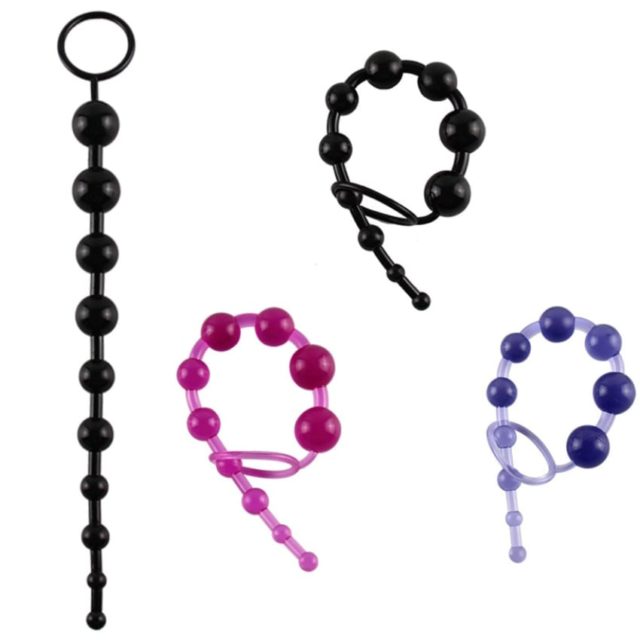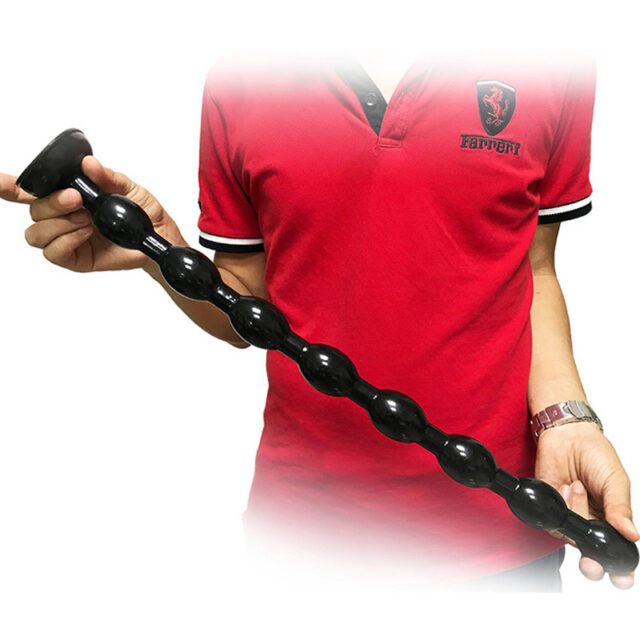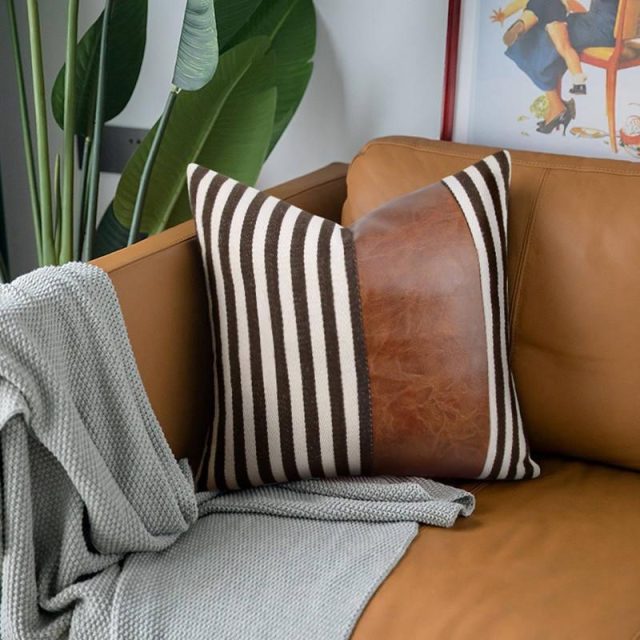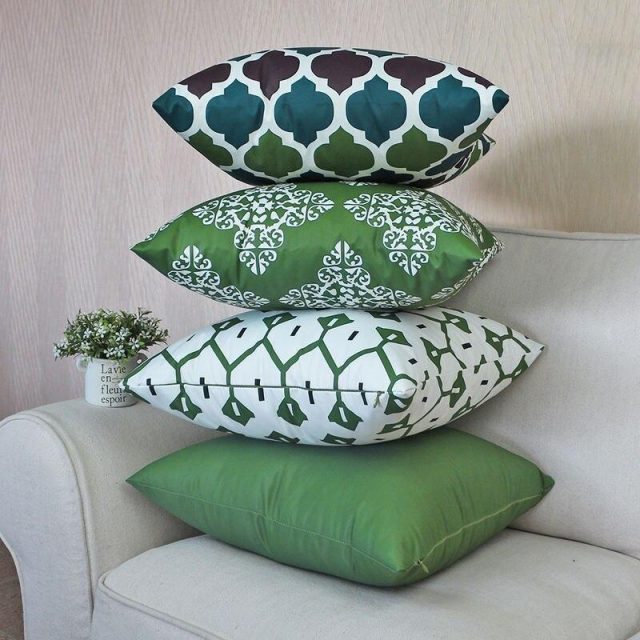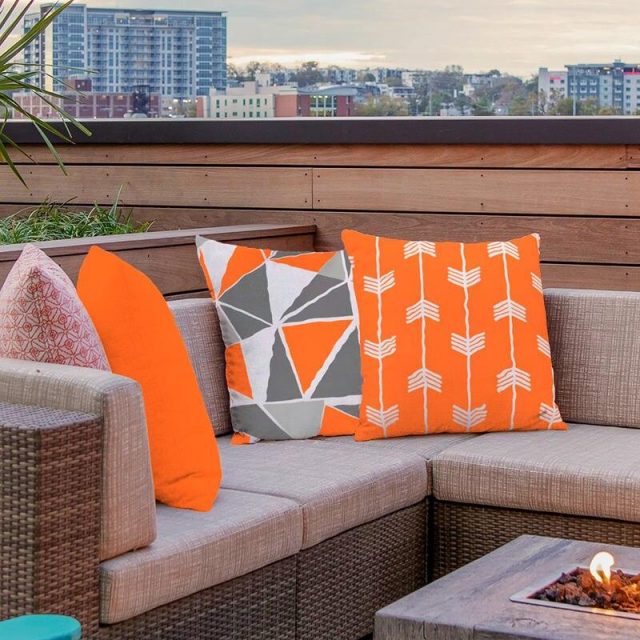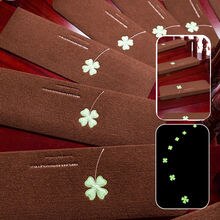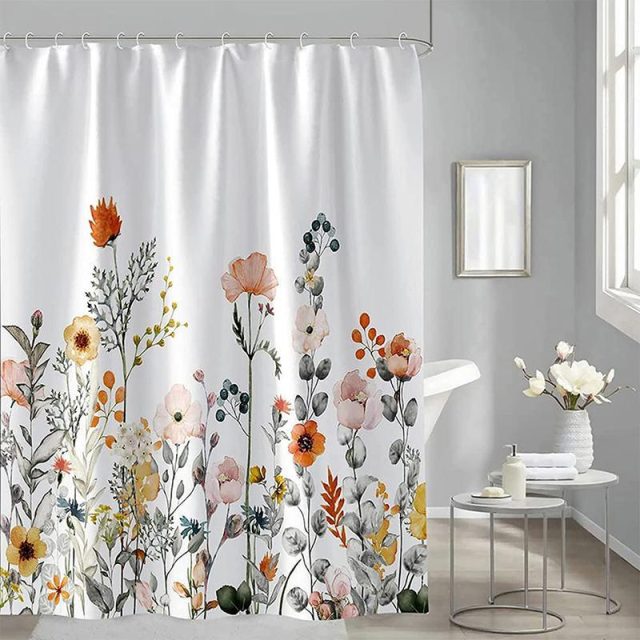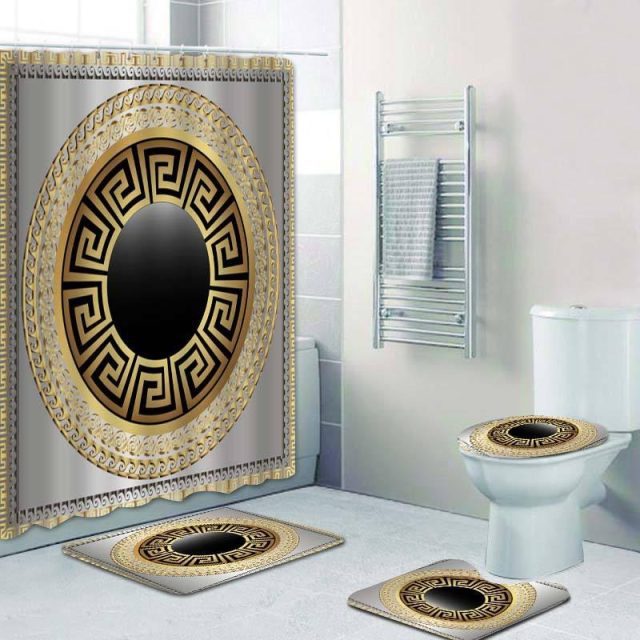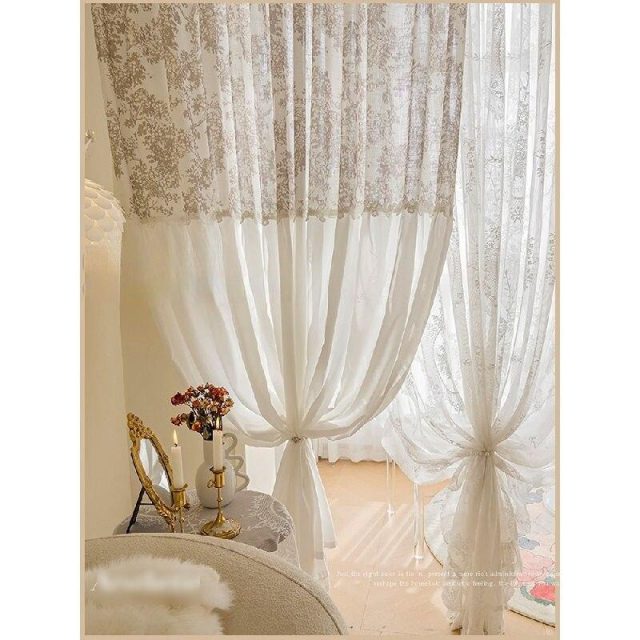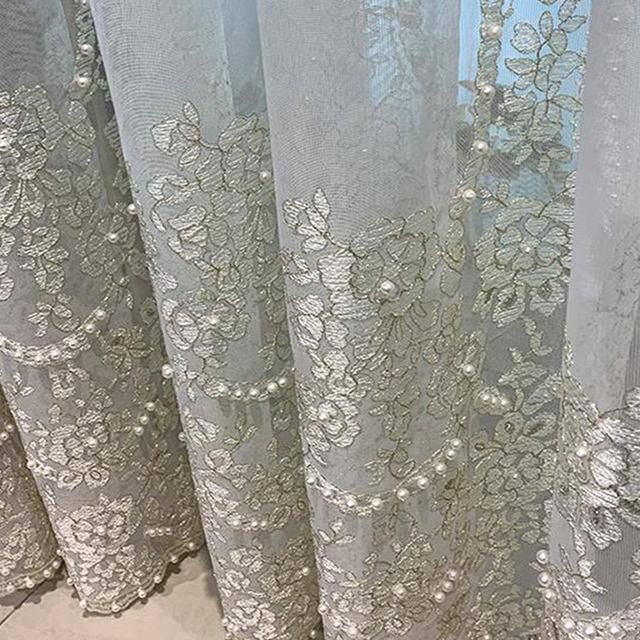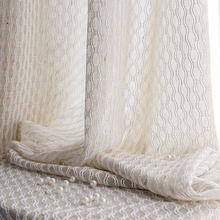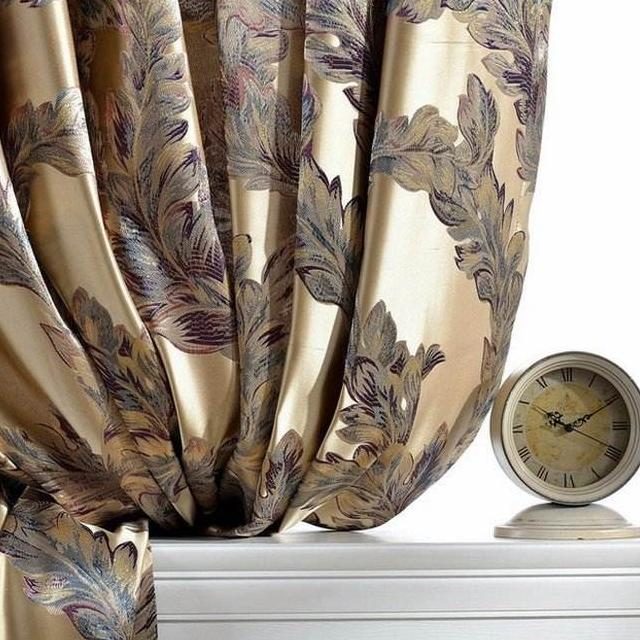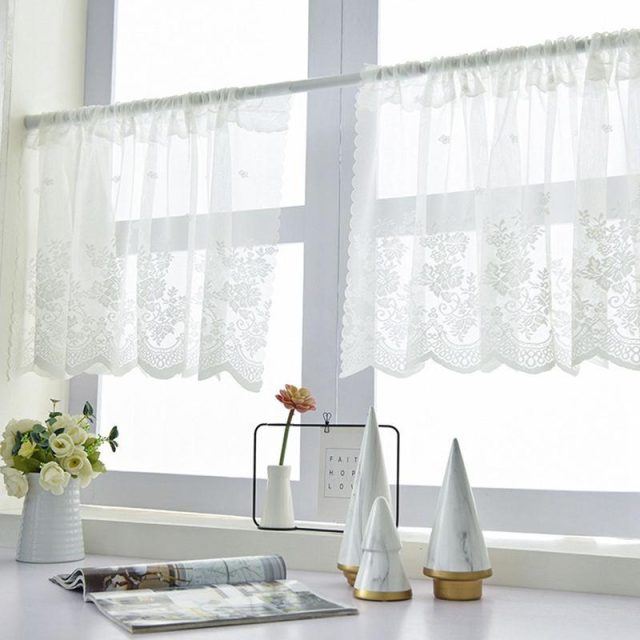European Curtain Design | Luxury Curtains
Description:
Package included: 1 piece x curtain or 1 piece x tulle
1.Price is for 1 piece of curtain or tulle. Curtain and tulle are sold seperately.
(Not Included:Tassel/Tieback/Beads. )
2.Size:W–means width, L–means Length.
3.Curtain width=2 times rod/rail width.
4.Please allow slight deviation (1-3cm) due to hemming.

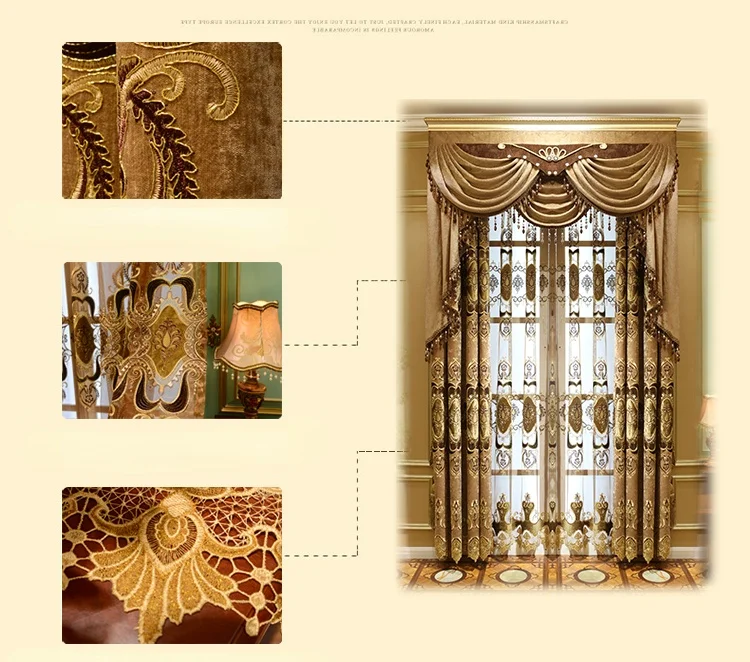
European Curtain Design: A Timeless Elegance in Home Decor
Curtains have long been an integral part of interior design, transforming living spaces into cozy sanctuaries while adding a touch of sophistication and character. Among the myriad of curtain styles, European Curtain Design stands out for its timeless elegance, craftsmanship, and attention to detail.
Rooted in the rich cultural heritage of Europe, this style has transcended trends and remained a popular choice for homeowners seeking a luxurious and refined ambiance. In this article, we will explore the essence of Luxury Curtains, its key features, historical influences, and contemporary applications.
Historical Influences
European Curtain Design has a storied past, drawing inspiration from various historical periods and cultural movements. Starting with the opulence of the Renaissance era, heavy damask fabrics adorned palatial windows with intricate patterns and rich colors. As time progressed, the Baroque and Rococo styles introduced more elaborate designs, incorporating fringes, tassels, and swags to create a sense of grandeur.
During the 19th century, the Victorian era brought a shift towards a more modest yet refined aesthetic. Delicate lace curtains became a popular choice, allowing diffused light to filter through while preserving privacy. This period also saw the rise of curtain tiebacks and valances, which added an extra layer of elegance to the window treatments.
The Arts and Crafts movement in the late 19th and early 20th centuries emphasized simplicity and handcrafted elements, leading to a resurgence of natural materials like linen and cotton in curtain design. This period’s influence can still be seen in contemporary Luxury Curtains, where a blend of craftsmanship and functionality is highly valued.
Key Features of European Curtain Design
- Luxurious Fabrics: European Curtain Design is characterized by the use of sumptuous fabrics like silk, velvet, and brocade. These materials not only exude opulence but also drape beautifully, adding a touch of sophistication to any room.
- Intricate Embellishments: Tassels, fringes, and ornate tiebacks are common embellishments in European curtain design. These details add a sense of refinement and are often used to create focal points around the window area.
- Classic Patterns: Traditional European curtain patterns include damask, floral motifs, and geometric designs. These patterns, when combined with rich hues like burgundy, deep blue, and emerald green, evoke a sense of grandeur and elegance.
- Sheer Elegance: Delicate sheer curtains, often made from lace or voile, offer a soft and ethereal look. They allow natural light to filter through while maintaining a sense of privacy, making them a popular choice for living rooms and bedrooms.
- Drapery and Layers: European Curtain Design frequently employs multiple layers of drapery, with a combination of sheer and heavy curtains. This layering adds depth to the window treatment and allows homeowners to control light and privacy throughout the day.
Contemporary Applications
Though deeply rooted in history, European Curtain Design has adapted to modern sensibilities and design trends. In contemporary applications, we find a fusion of classic elegance and contemporary minimalism, allowing for a versatile and timeless style that complements various interior aesthetics.
- Minimalist Interpretations: Contemporary European Curtain Design often embraces minimalism, using simple yet high-quality fabrics and understated embellishments. Neutral color palettes and clean lines create a modern look while retaining the essence of European elegance.
- Sustainable Approach: With a growing emphasis on sustainability and eco-friendly practices, modern European curtain designers are exploring organic fabrics, recycled materials, and natural dyes. This approach not only aligns with current values but also harkens back to the Arts and Crafts movement’s ethos.
- Mixed Textures: Designers are increasingly experimenting with mixing textures and materials, combining heavy drapes with lighter sheers or incorporating contrasting fabrics for a visually interesting and dynamic effect.
- Functional Innovations: Home automation and smart technologies have also found their way into European Curtain Design. Motorized curtain systems, remote-controlled drapes, and automatic light sensors are being integrated seamlessly into traditional designs, adding convenience and functionality to these elegant window treatments.
European Curtain Design remains an enduring and sophisticated style, embodying the richness of Europe’s cultural heritage while embracing contemporary design trends. From its opulent origins in the Renaissance to its minimalistic interpretations in the modern age, this style has proven its versatility and timelessness.
Whether aiming for a luxurious and grand ambiance or a subtle yet refined look, European Curtain Design continues to be a favored choice for homeowners seeking to elevate their living spaces with a touch of elegance.

